9 Rice Swaps That Fall Short And 8 That Are Diabetes-Friendly and Surprisingly Delicious

Rice is a staple in many diets, but for those managing diabetes or seeking healthier options, finding suitable alternatives can be a challenge. Some swaps fall short, while others offer delicious and diabetes-friendly options. Let’s explore the world of rice alternatives.
1. Cauliflower Rice (when store-bought and soggy)
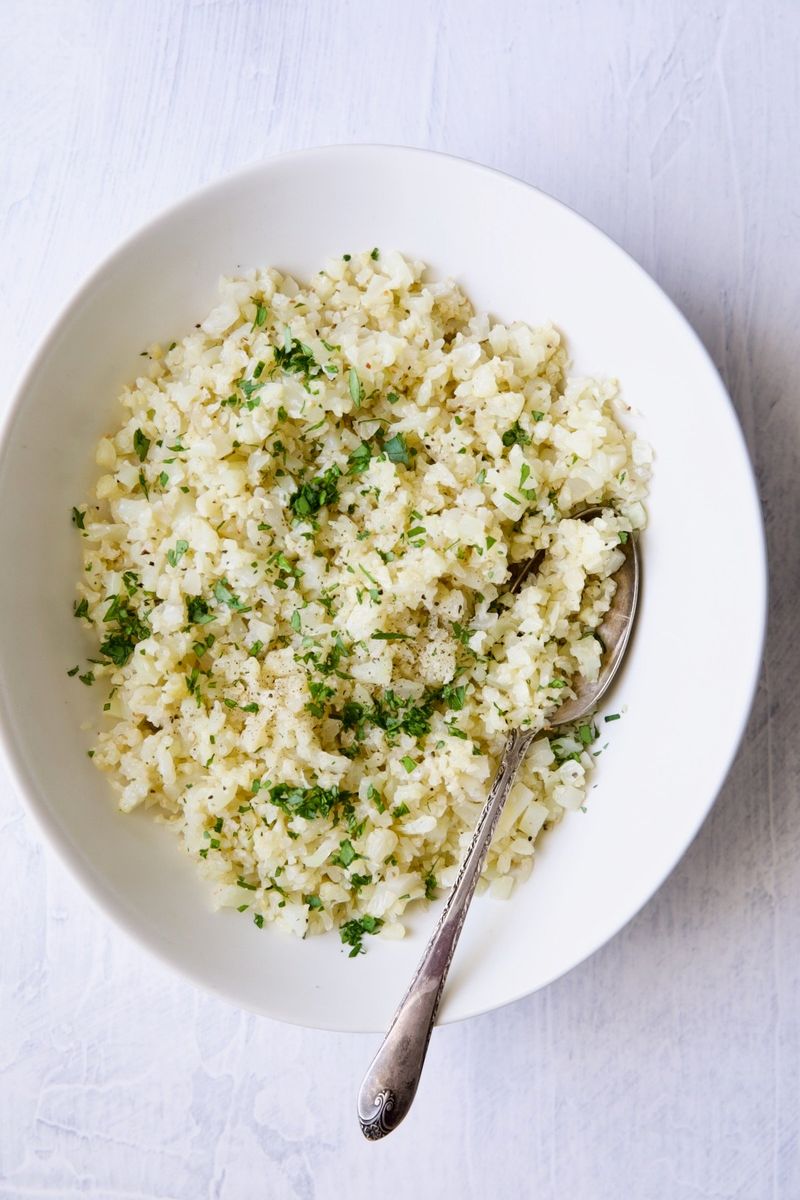
Cauliflower rice, especially when store-bought, can sometimes disappoint. It’s often watery and lacks the appealing texture of traditional rice. Imagine expecting fluffy rice and getting soggy bits instead. The bland taste doesn’t help either. When not cooked properly, it fails to satisfy rice cravings.
For instance, a hurried stir-fry can quickly turn into a mushy mess. Its lack of flavor means it doesn’t absorb sauces well, leaving dishes lackluster. While homemade versions can shine, the store-bought kind often falls short of expectations.
2. Shirataki Rice

Shirataki rice, made from the konjac root, is famous for being ultra low in carbs. However, its rubbery texture can be off-putting to many. Accompanied by a distinct fishy odor, it often leaves diners questioning their choices. The sensation of eating rubber bands is not uncommon.
Despite its nutritional benefits, like being almost calorie-free, the sensory experience can be jarring. Some people enjoy it, but for others, it’s a taste and texture they can’t get past. If not prepared correctly, it can become a culinary nightmare.
3. Zucchini “Rice”

Zucchini, when chopped to resemble rice, often turns into a soggy affair. Its high water content means it doesn’t hold its shape, quickly transforming into a mushy puddle. For someone expecting the firm texture of rice, this can be a letdown.
Beyond texture, zucchini rice doesn’t soak up flavors like sauces or marinades. It stays bland, making dishes uninspired. While healthy and low-carb, its culinary impact is minimal when compared to traditional rice. Those seeking a rice-like experience may find it lacking in many aspects.
4. Cabbage Rice
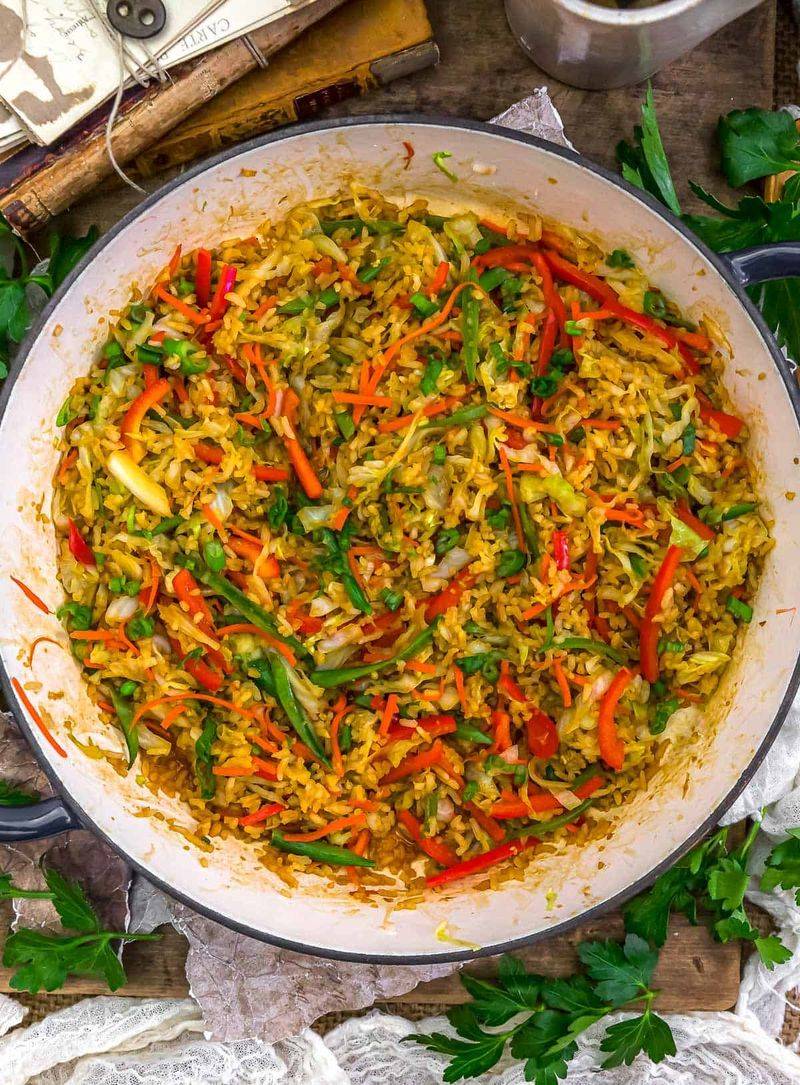
Cabbage rice, made by shredding cabbage and sautéing it, offers a novel twist on rice. Yet, it struggles in the texture department. Instead of providing a firm base like rice, it wilts and softens, becoming more of a side than a main.
Taste-wise, it brings a distinct cabbage flavor, which can overpower delicate dishes. Its inability to absorb saucy goodness means it doesn’t complement meals as well as hoped. While an interesting alternative, it might not be the first choice for those craving rice-like satisfaction.
5. Butternut Squash Rice
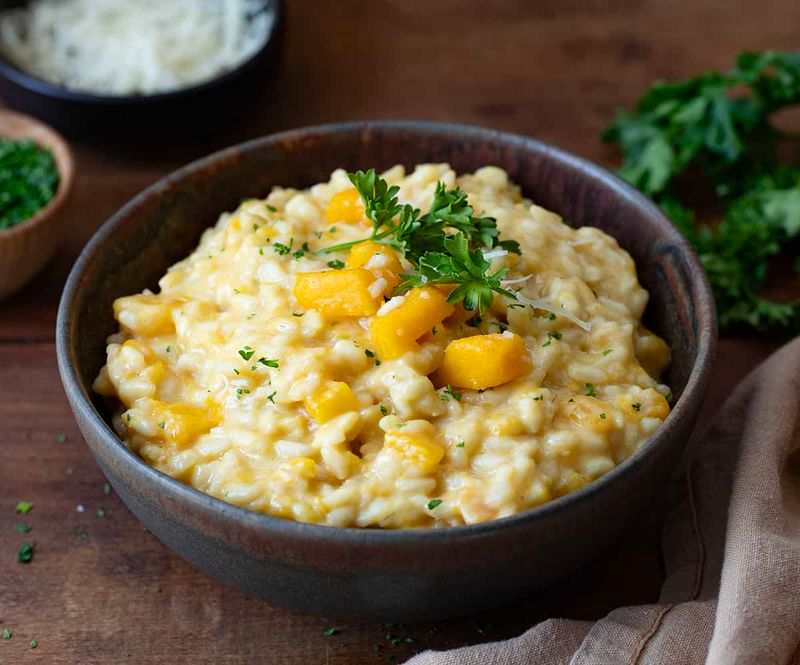
Butternut squash rice, with its inherent sweetness, can be a double-edged sword. While visually appealing with its golden hue, it doesn’t fit every savory dish. Its sweetness can clash with spicy or tangy flavors, leading to unbalanced meals.
Texture-wise, it tends to be softer, lacking the bite that rice provides. This makes it less suitable for stir-fries or curries. Though nutritious and vibrant, it often fails to deliver the neutral backdrop that rice offers, leaving some dishes wanting.
6. Carrot Rice
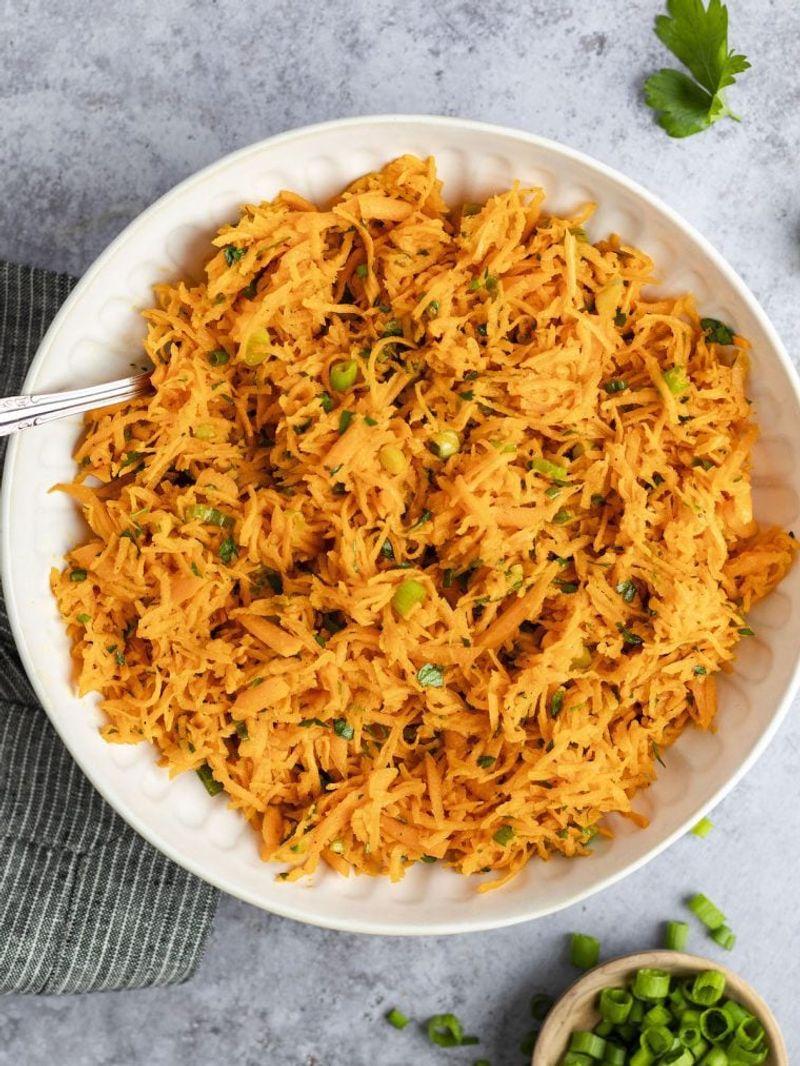
Carrot rice, with its bright orange hue, is visually stunning but can be too distinctive in flavor. It tastes unabashedly like carrots, which isn’t always desired in rice dishes. For those seeking a neutral base, this can be overwhelming.
Its sweetness can be appealing in specific dishes, but in traditional rice preparations, it stands out too much. While nutritious and fiber-rich, its strong flavor profile means it doesn’t blend seamlessly into meals where rice is expected to be a background player.
7. Quinoa (for everyone)
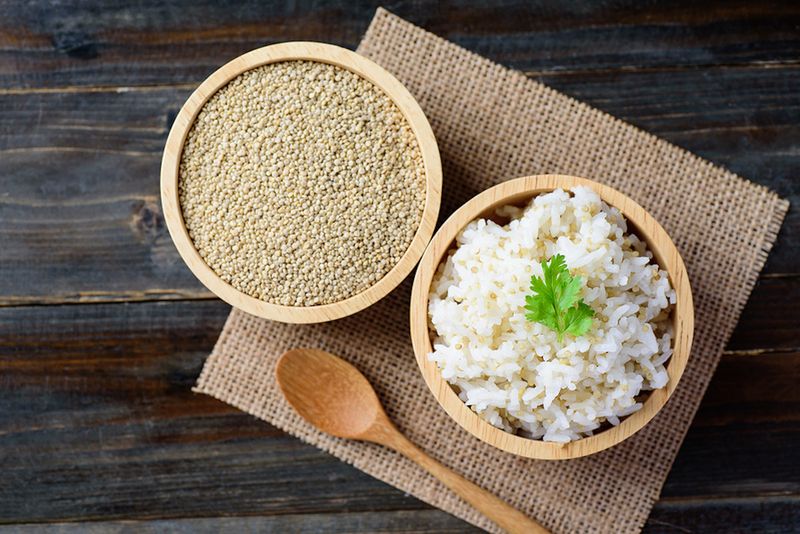
Quinoa, while a superfood, isn’t the perfect rice substitute. It’s higher in carbs than expected and has a unique, sometimes bitter taste. Though it’s a complete protein, its flavor can take some getting used to.
The grains are distinct and don’t mimic the fluffiness of rice, leaving some textures unmet. While nutritious, it doesn’t deliver the same culinary experience as rice. Its slightly nutty flavor, while pleasant to some, can be a deterrent for those looking for a true rice alternative.
8. Riced Broccoli
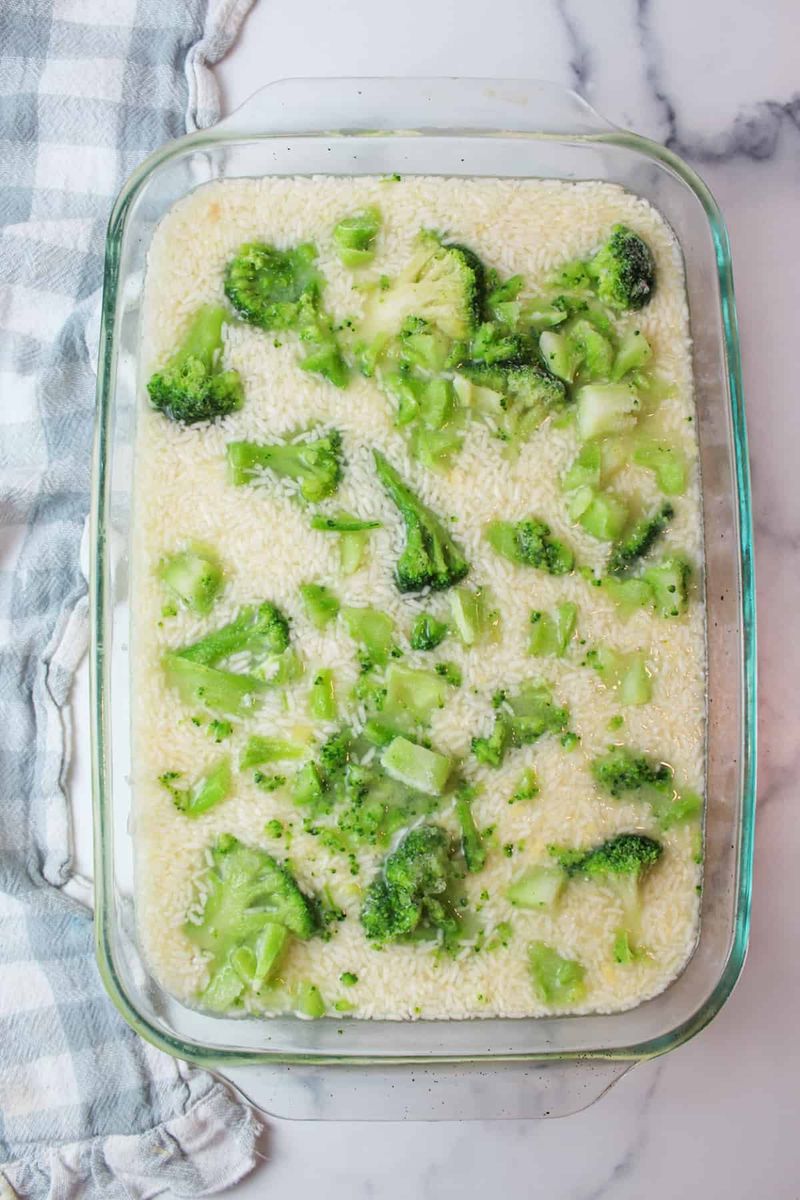
Riced broccoli seems like a great idea, but its execution often disappoints. It can be soggy and emit a strong broccoli smell, which might not be everyone’s cup of tea. Its green hue is striking, but the taste can overpower dishes.
Texture-wise, it doesn’t offer the satisfying firmness or chew of rice. While nutritious, its strong flavor profile and tendency to become watery mean it often doesn’t replace rice as effectively as one might hope.
9. Couscous
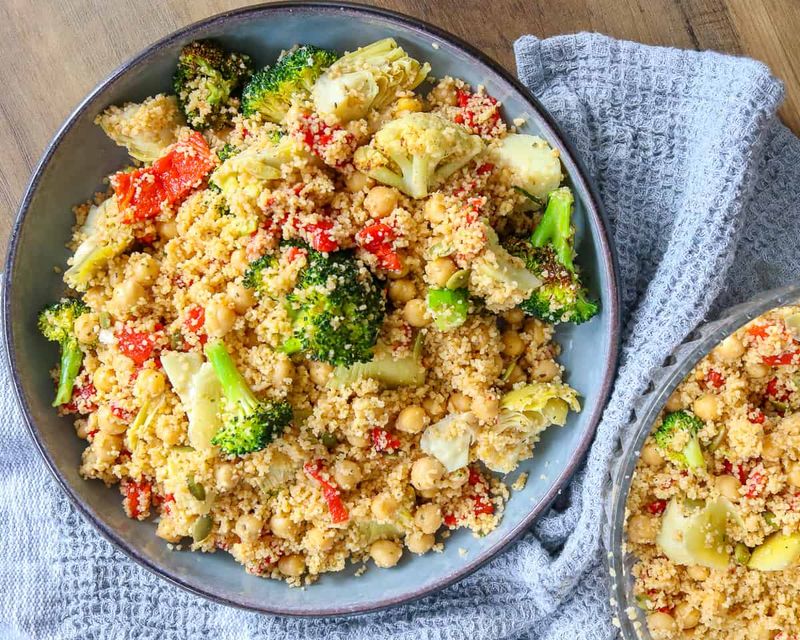
Couscous, often mistaken for a grain, is actually pasta in miniature form. While it cooks quickly, it’s not the best choice for those watching their blood sugar. Its carb content is similar to traditional pasta, making it less ideal for diabetics.
The texture is light and fluffy, but it doesn’t offer the same nutritional benefits as some other grains. While it’s a versatile base for many dishes, it falls short as a healthy rice alternative for those needing to manage blood sugar levels.
10. Lentils
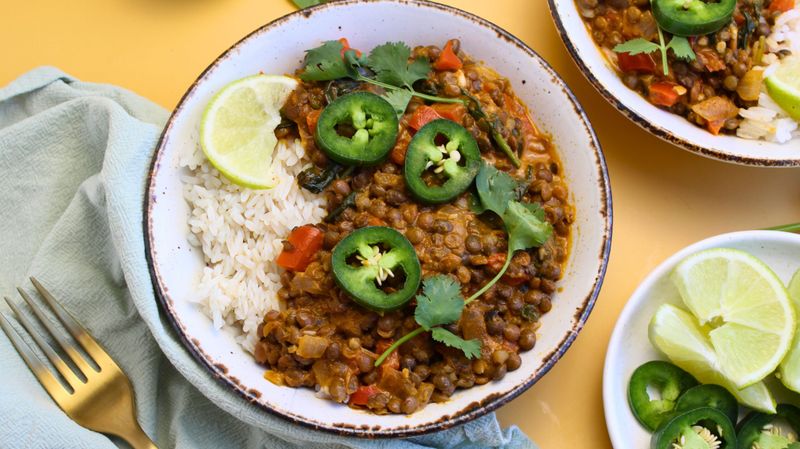
Lentils stand out as a wonderful rice alternative, especially for those with diabetes. Packed with fiber and protein, they not only satisfy hunger but also aid in controlling blood sugar levels. Their earthy flavor pairs beautifully with spices.
In curries, bowls, or stir-fries, lentils shine due to their hearty texture and ability to absorb flavors. Their slow digestion helps maintain energy levels, making them a superb base for wholesome meals. Whether green, red, or brown, lentils offer a delicious and nutritious alternative to rice.
11. Freekeh
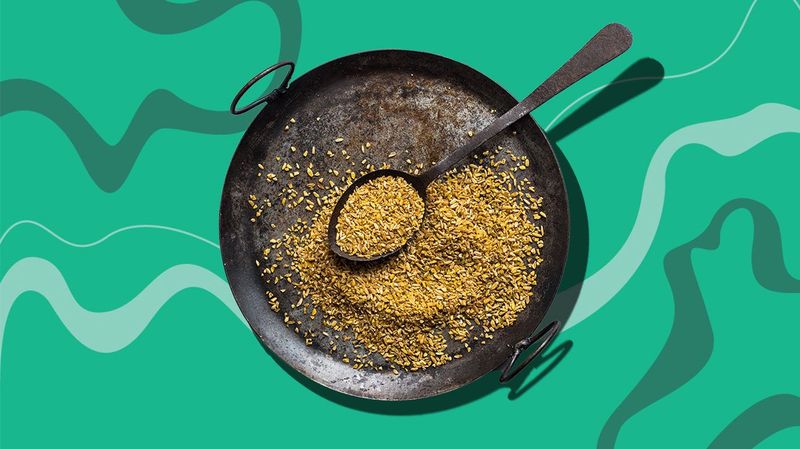
Freekeh, an ancient grain, offers a remarkable alternative to rice with its nutty and satisfying chew. Its lower glycemic index makes it a suitable choice for those managing diabetes. Originating from roasted green wheat, it carries a delightful aroma.
In grain bowls or pilafs, freekeh provides a robust texture that enhances the dish. Its nutritional profile includes high fiber content, promoting digestive health. With every bite, it offers a fulfilling and health-friendly rice substitute that delights the palate.
12. Chopped Hearts of Palm “Rice”
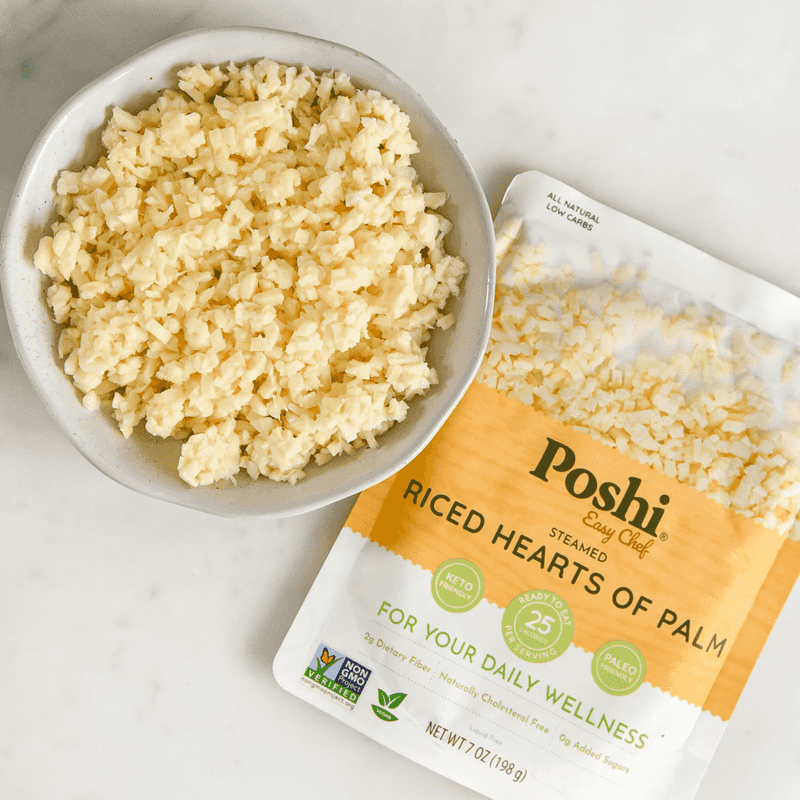
Chopped hearts of palm, transformed into rice, offers a surprising alternative with its mild taste and uncanny rice-like texture. Perfect for grain bowls or stir-fries, it’s a low-carb option that doesn’t compromise on taste.
Its gentle flavor means it absorbs sauces beautifully, complementing various dishes. Unlike some alternatives, hearts of palm rice doesn’t overpower meals, making it versatile and delightful. For those seeking a diabetes-friendly option, it provides both satisfaction and nutrition, making it a standout choice.
13. Wild Rice
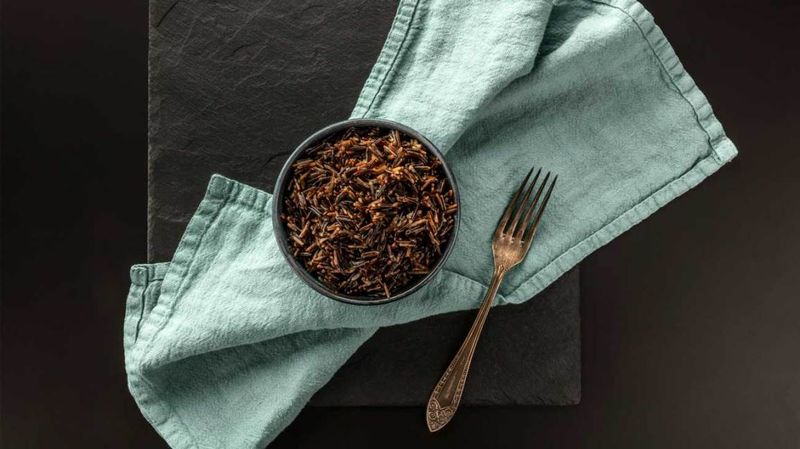
Wild rice, technically a grass, boasts higher protein and fiber content than white rice. Its rich, earthy flavor makes it a standout in any dish. The long grains provide a firm texture that holds up well in cooking.
Whether in salads or as a side, wild rice offers a distinctive taste that is both satisfying and nutritious. Its low glycemic index makes it a favorable option for those watching their blood sugar. With its robust flavor and health benefits, wild rice is a marvelous rice alternative.
14. Barley (in moderation)
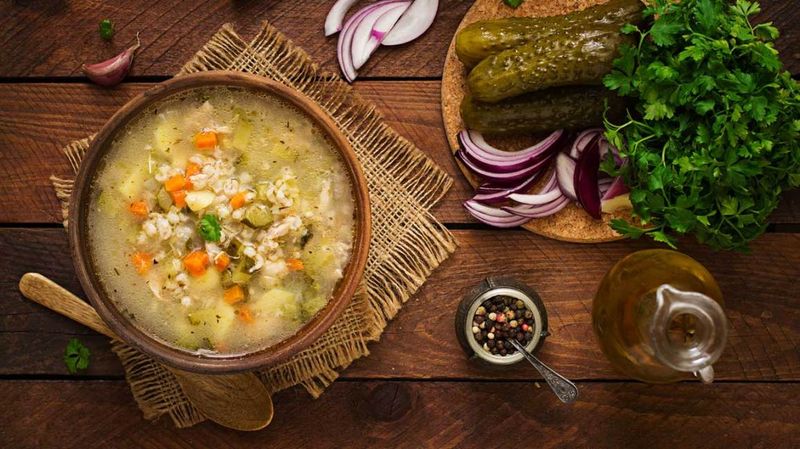
Barley, when consumed in moderation, serves as a wholesome rice substitute. While it’s higher in carbs than some alternatives, its low glycemic index and fiber-rich beta-glucans make it a smart choice for diabetes management.
Its chewy texture and nutty flavor enhance soups, salads, and pilafs. Barley’s ability to stabilize blood sugar makes it a worthy addition to a balanced diet. Despite its carbohydrate content, when portioned wisely, barley offers both satisfaction and nutrition.
15. Bulgur
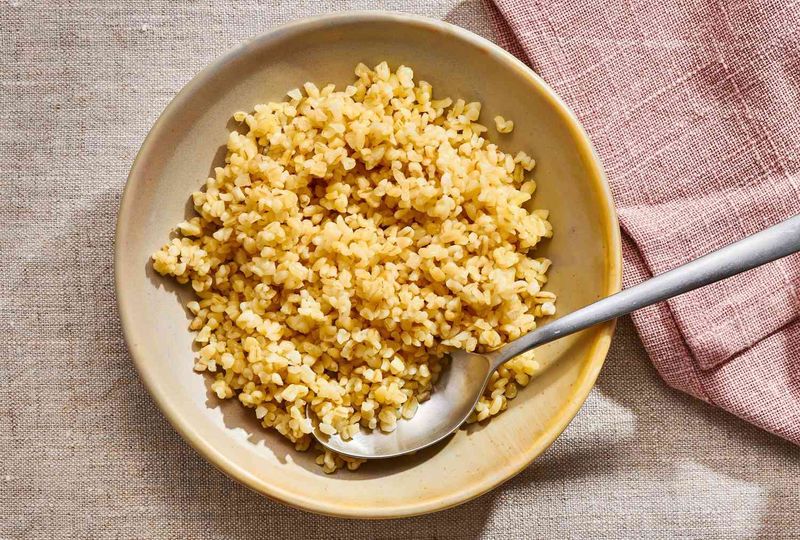
Bulgur, a quick-cooking grain, is known for its mild taste and high fiber content. Its light and fluffy texture make it an ideal base for tabbouleh-style salads or hearty pilafs. For those managing diabetes, bulgur offers a low-glycemic alternative to rice.
Its rapid cooking time is perfect for busy days, and its ability to absorb flavors makes it versatile in various dishes. Nutritious and satisfying, bulgur stands out as a rice alternative that doesn’t compromise on taste or health benefits.
16. Riced Celeriac
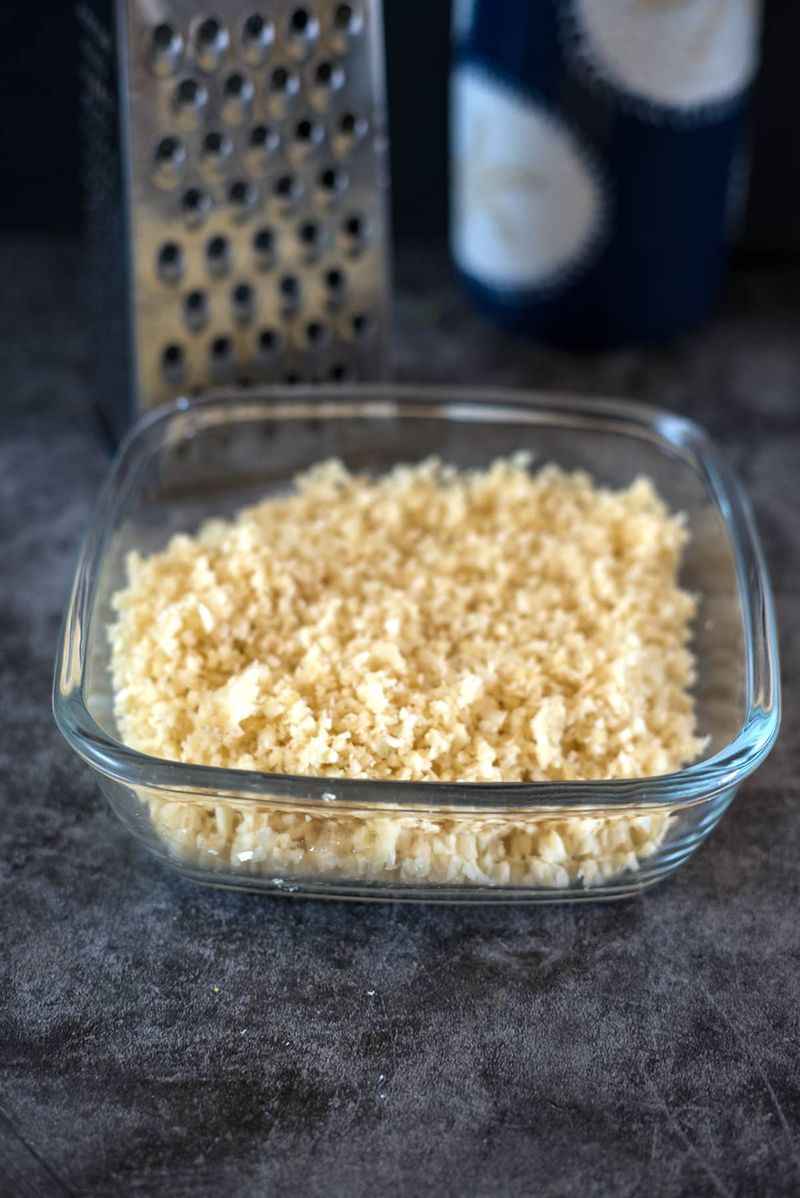
Riced celeriac, an under-the-radar vegetable, brings a subtle flavor and more structure compared to cauliflower. Its savory taste makes it ideal for hearty dishes, providing a satisfying bite.
Unlike other alternatives, it holds its shape well during cooking, making it suitable for stir-fries and mixed dishes. Its low-carb content and unique flavor profile offer a delightful change from typical rice substitutes. For those seeking variety and nutrition, riced celeriac is a compelling choice.
17. Split Chickpeas (Chana Dal)
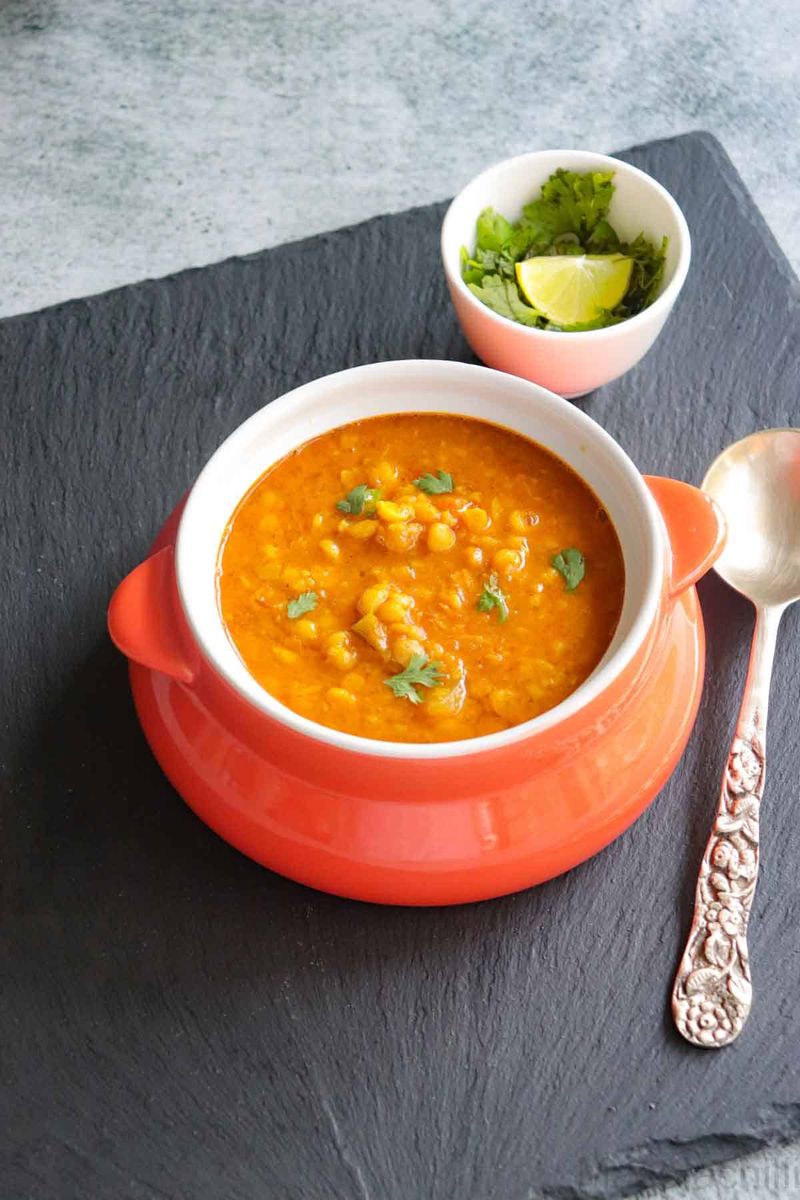
Split chickpeas, known as chana dal, are a staple in Indian cuisine and make for a wonderful rice alternative. Their low glycemic nature, coupled with high fiber, ensures steady blood sugar levels.
Rich in protein, they absorb spices beautifully, enhancing curries and rice-style dishes. Their slightly nutty flavor and hearty texture provide a fulfilling meal base. Chana dal’s nutritional benefits and taste make it a fantastic choice for those seeking a diabetes-friendly rice substitute.
